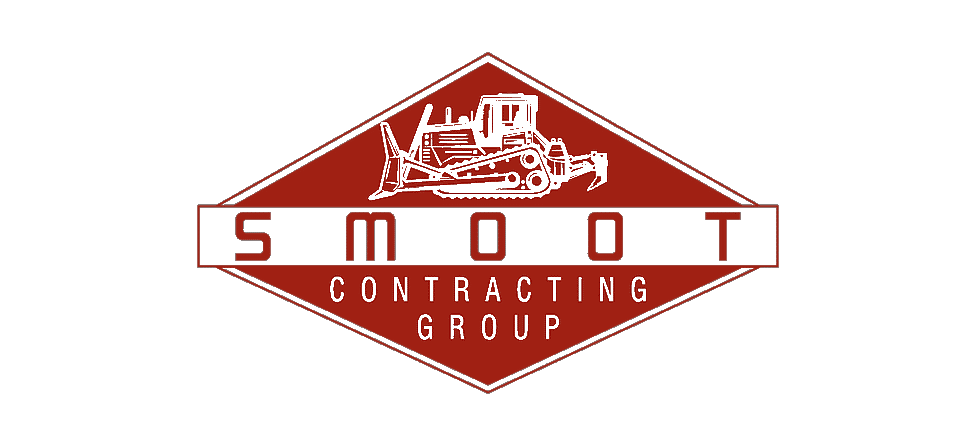You may want to have a concrete slab for your driveway or garage, for your patio or shed, or as a foundation for another building. Either way, the most important thing to do before pouring the concrete is to prepare the ground.
Concrete is a porous material and requires ground where drainage isn’t an issue. Proper drainage ensures that water doesn’t rise to the concrete otherwise this would lead to stress cracks in the slab. Proper planning and preparation beforehand also ensures that the concrete slab looks great for decades or even a lifetime.
After gathering the right tools and equipment, including safety gear, here’s how to prepare the ground for a concrete slab:
Clear debris.
The first thing to do is to clear all debris from the place you wish to lay your concrete slab. Take care to remove all stones and plant material. You’ll also need to remove any tree stumps to the root. Otherwise, these may cause the slab to heave and crack.
Remove the topsoil layer.
The next step is to dig and remove the soft topsoil layer until you reach hard compact soil. This step may call for an excavator to dig down to the required depth. You can determine the right depth to dig by deciding how high you want the concrete slab to be, then adding about 2 inches of depth for gravel. Remember most slabs are about 1 or 2 inches higher than the dirt or ground surface with another few inches below the dirt.
Add compact base.
Once you’re done digging, it’s time to make a strong, compact base for the concrete slab. If your ground is mainly sand or gravel, you can proceed to the compacting stage. However, if yours is mostly heavy clay soil or you’re in a place with a cold climate, you may need to bring in an additional base of gravel and sand for better support and drainage. Start by laying the gravel, compacting it then the sand on top of that.
Compact the base.
The final step in preparing the ground is to compact each layer of the base. This goes for the gravel as well as the sand mixture. Compacting these layers ensures that the base fits tightly together to provide a solid base for the concrete. If too dry, the base won’t compact well so spray a little water on each layer to maximize compaction. To check if you’ve got the right mix, compact a handful of the base and see if it compresses into a ball.
Finally, you can put the damp proof membrane then proceed to the formwork and pour the concrete.
If you’d like any clearing and ground preparation done for a concrete slab, contact the Smoot Contracting Group. We are based in Phoenix, Arizona and have provided services geared towards land clearing and grubbing for several clients. Contact us today and let us get started on your project.

